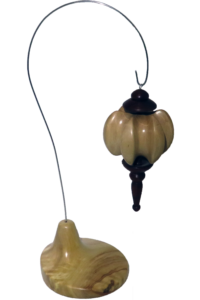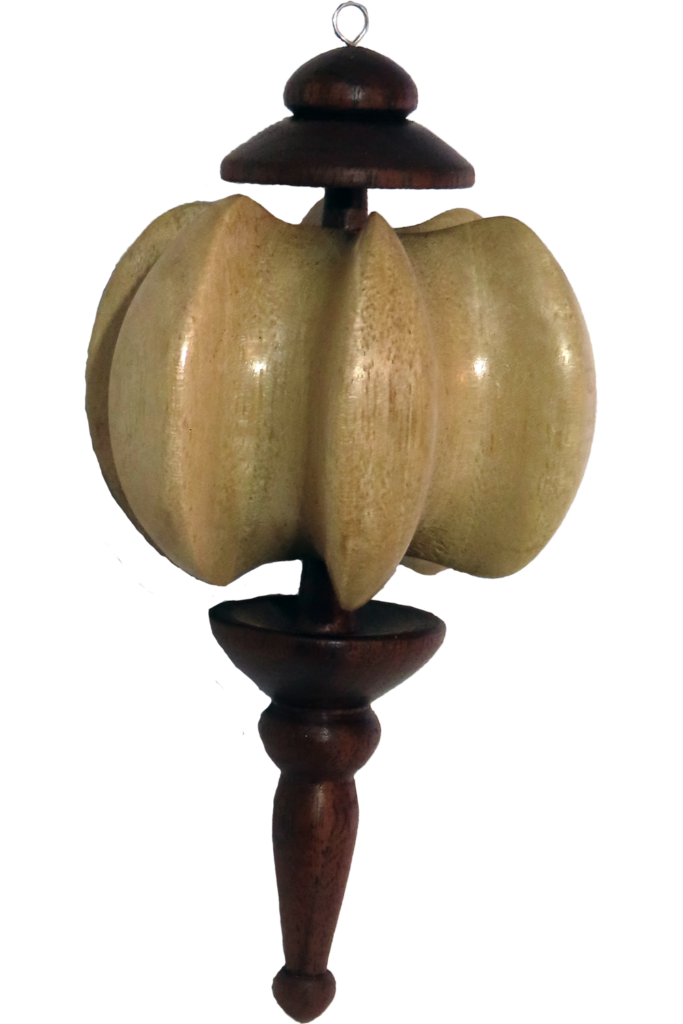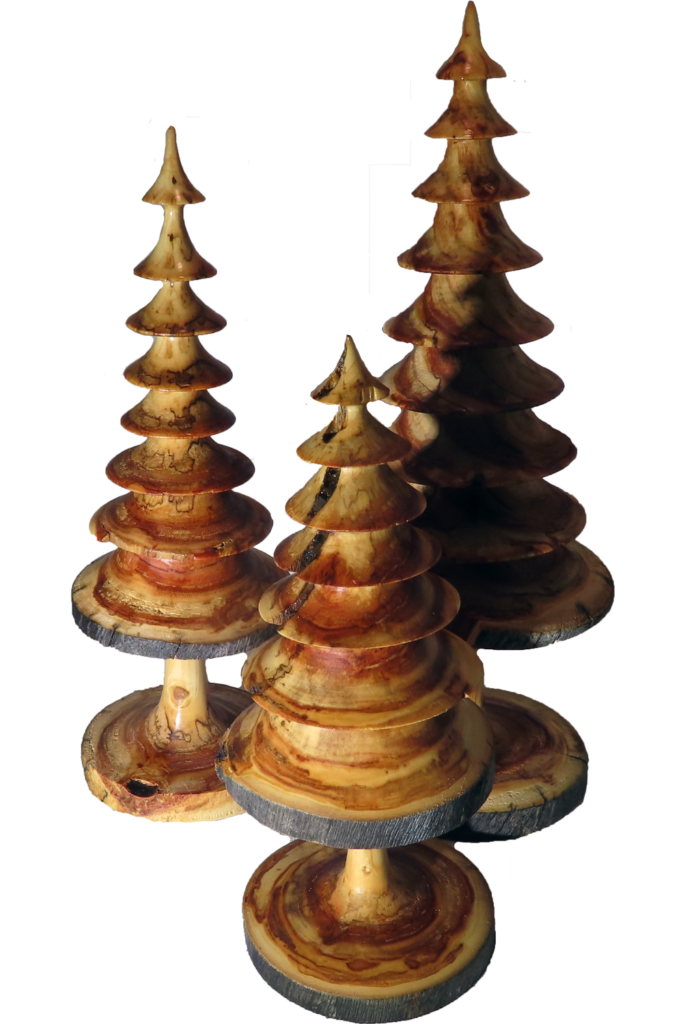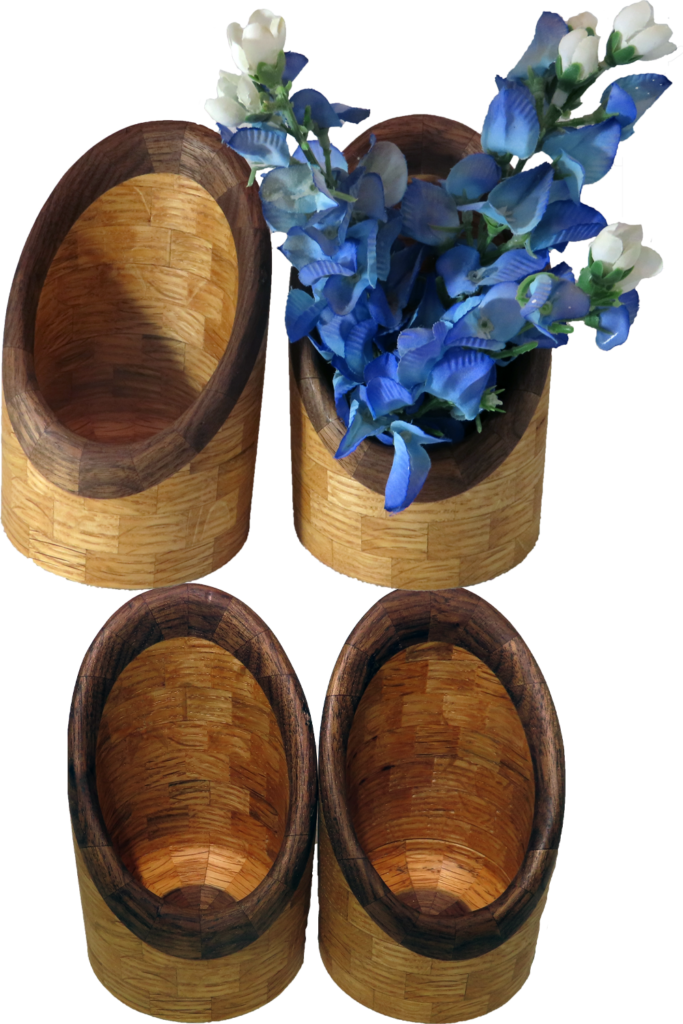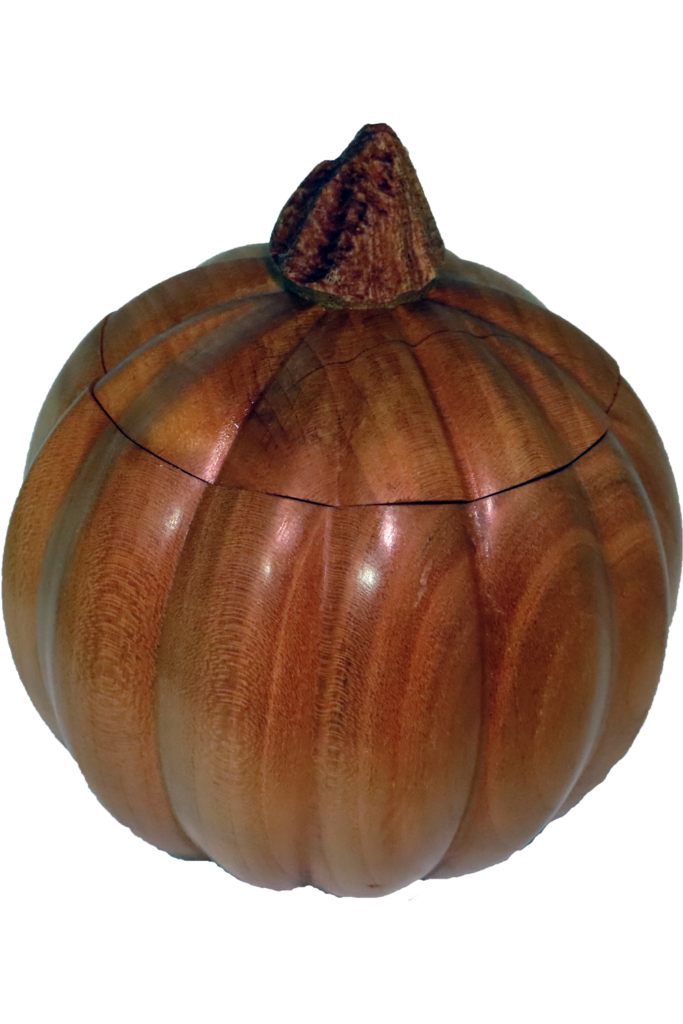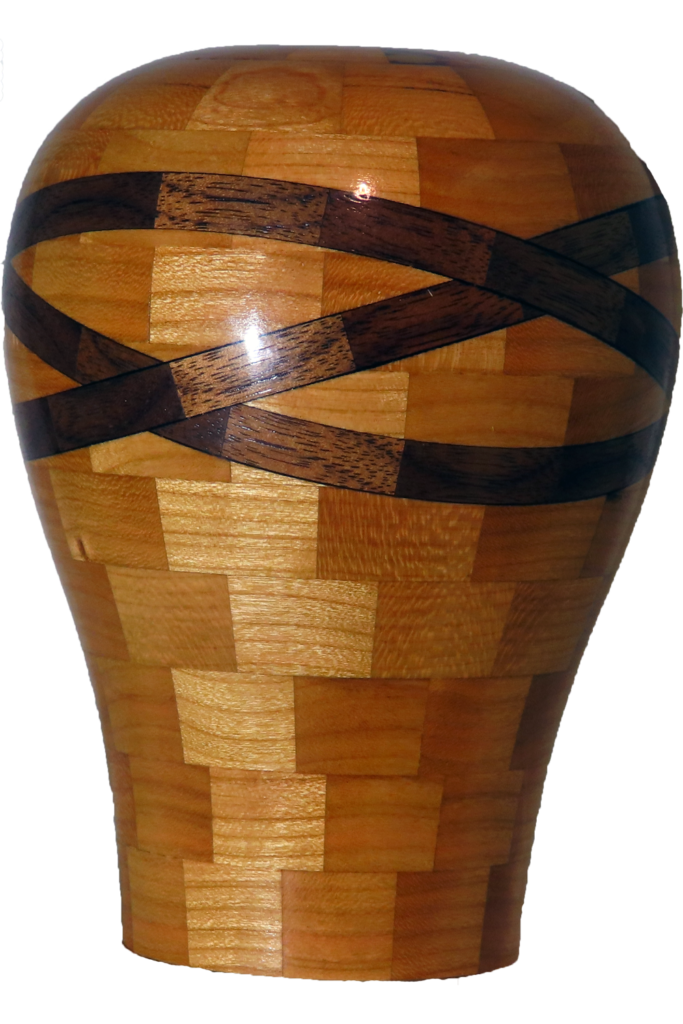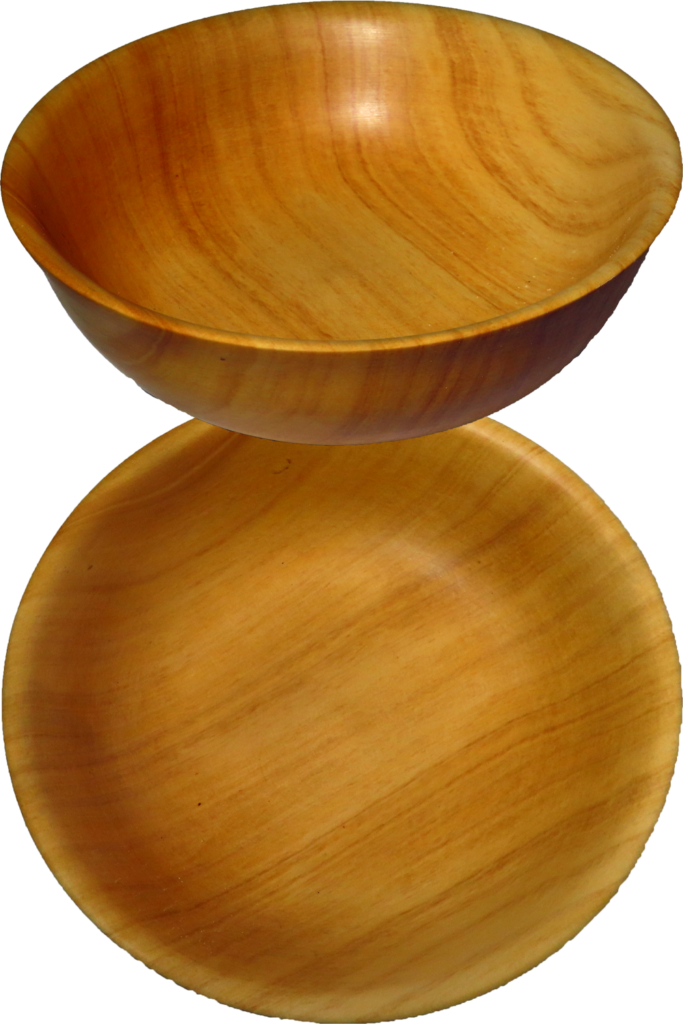Christmas Ornament Challenge – Voting Time
2 ways to view and vote:
- Static web page: (Link here)
- Video (above);
This is a great display of talent and creativity.
Let us hear your choices.
Pick 5. and leave your vote as a comment. Put them in order from High to Low.
Thank you.
Woodturning Stand For My Christmas Ornaments
This post is best viewed above on this page. In case of difficulty, it is also posted on YouTube and FaceBook.
This week I turn a stand for my Christmas Ornaments. Trees come and trees go – but ornaments may be displayed anytime.
The stand is figured poplar turned on two axes for an off center place for a wire support.
The wire is stainless steel TIG welding rod, 1/16″ diameter. It comes 36″ long but I have cut it in half. Using my lathe as a bending form, it becomes a nice stand for an ornament.
Enjoy!
This year’s Christmas Ornament Challenge opened November 1st. Ornaments must be entered no later than November 30. There is something for everyone who enters. Go to www.OrnamentChallenge.com
Woodturning Multi-Axis Christmas Ornament
This post is best viewed on this page. However, in case of difficulty, it is also posted on YouTube and FaceBook.
This week I am taking last week’s ornament to yet the next level. It follows a similar process as last week but yet is different. Both are multi-axis turning. In this one the multi-axis grooves are fewer but deeper with a different result. The finial complements the outline of the globe portion.
The globe portion is English walnut. The finial is black walnut. Both are finished with shellac friction polish. Globe is three inches; total height is five inches.
See also Woodturning Perfect Spheres – For Wise Turners
Enjoy!
This year’s Christmas Ornament Challenge opened November 1st. Be ready! There is something for everyone who enters. Go to www.OrnamentChallenge.com
Woodturning Christmas Ornament – Following The Chain Of Inspiration
This post is best viewed right here (above here). But, in case of difficulty, it is also posted on YouTube and FaceBook.
One reason I love the annual Christmas Ornament Challenge is the diversity of creativity that jumps out at me as I view the challenge submissions.
From novice to confident to expert, the opportunity to see how others have taken a simple concept – an ornament – to such a level of talent.
In this case, an ornament from last year cited my Faux Sea Urchin as inspiration. But, if I trace the inspiration for the Faux Sea Urchin, I see many real sea urchin ornaments plus the bat form from Max Brosi. On a similar thread, the pumpkin from a couple of weeks ago, was inspired by the Faux Sea Urchin as reported by a viewer who sent me his picture. That pumpkin, in turn, together with the ornament from last year, has inspired this ornament.
These also derive from a basic skill, the ability to turn a perfect sphere. I am often asked, “what do you do with a sphere”. Well, all these used the octagon method for turning a perfect sphere. Plus many more. That is another great story.
See also Woodturning Perfect Spheres – For Wise Turners
Enjoy!
This year’s Christmas Ornament Challenge opened November 1st. Be ready! There is something for everyone who enters.
Woodturning Ornamental Tree Grove
This post is best viewed right here(above). In case of difficulty, it is also posted on YouTube and FaceBook.
T’is the season to be turning decorative trees. Two different clubs that I attend have not demonstrated turning trees. It is interesting to see the variety of concepts: cove-centric; bead centric; rustic; refined; natural edge.
So, I went home and turned a small grove for myself from some weathered aspen. While weathering, the wood also spalted with some very pretty color. The offset is that the same process that brought in the color, also weathered the exterior, and made the wood much more subject to chipping.
My trees are 9″, 11″, and 12″ tall and about 4″ diameter. I did not attempt to repair all chips but left the trees somewhat rustic to match the weathered natural edge. It cannot be a live edge since the tree is long dead. Each is sprayed with rattle-can lacquer.
Enjoy!
This year’s Christmas Ornament Challenge opened November 1st. Be ready! There is something for everyone who enters.
Woodturning Segmented Decoration (Spoon) Display
This video is best viewed right here(above). In case of difficulty, it is also posted on YouTube and FaceBook.
My wife reviews the junk mail ads that come in the mail. When she sees one that she thinks could be turned, she points it out to me. This time it was a specked spoon holder. “Could you make this”. I took one look and seeing the elliptical rim said “No”.
But, the idea bounced around more until I came up with a plan. It turns out that I could use the band saw jig that I have been working on. Then what would should I use. It would require a long cylinder. Solid wood? I could use solid wood. Segmented? Yes. Okay using segmented, I could reate the exact shape that I needed.
How about a accent piece. Solid wood? No problem, I would need two thin pieces longer than the diameter of the cylinder. Segmented? This would require an oval segmented ring. How could I deliberately create an oval segmented ring? After many rounds of thought, it is simple. Add two rectangular segments on opposing sides of a segmented ring. Problem solved. My twelve segment ring would be a fourteen segment ring. All angles would be the same except for the two rectangles.
It turns out that the segmented approach was easier than using solid wood because I could drill half depth cylinders instead of full depth cylinders. Except, I would still need a “clean up” drill at full depth.
While these spoon holders were an experiment, I think this process could be used for other projects. We’ll see…
Each spoon holder is oak with a walnut accent; three inches in diameter; five inches tall; finished with walnut oil. 12 oak segment rings with 12 segments each. 2 walnut rings at 12 segments each. 2 walnut oval rings at 14 segments each. Total segments are 196 segments.
Enjoy!
This year’s Christmas Ornament Challenge opens November 1st. Be ready! There is something for everyone who enters.
Woodturning Multi-Axis Pumpkin Box
This video is best viewed right above here. However, in case of difficulty, it is also posted on YouTube and FaceBook.
Last year, one of my video projects was a faux sea urchin Christmas ornament. Last week, Tom, a viewer, sent me a picture of a box shaped as a pumpkin that he said was based on my faux sea urchin. I was intrigued. The lid was intersected by the pumpkin ribs. Usually, this would result in fragile short grain tips on the lid or the lid would have to be very small. But no, the ribs were well supported. But how was it done. To save a lot of brain waves, I asked him what process he followed. He was willing to share and welcomed a video for this project.
There are two keys that are very different from most wood boxes:
1) the box joint is at 90 degrees to the tangent at the joint. Usually, box joints are aligned with the turning axis. However, with the joint location the joint is about 45 degrees from the typical.
2) the ribs are cut after the box is hollowed. But to do this, the lid is re-joined with the box using a dowel through the center. The dowel is glued in. Finally, the dowel is drilled out and replaced with the stem.
This pumpkin is about 4.5 inches diameter plus a little more for the stem. The cherry body is finished with shellac friction polish. The stem is mesquite finished with walnut oil.
For a video dedicated to sphere:
Woodturning Perfect Spheres – For Wise Turners
Enjoy!
This year’s Christmas Ornament Challenge opens November 1st. Be ready!
Three Lobe Celtic Knot On Woodturned Segmented Vase
The best place to view this post is with the control above here. However, in case of difficulty, it is also posted on YouTube and FaceBook.
For this vase, I glued eleven cherry rings with twelve segments each and three walnut rings with twelve segments each. This is a total of 168 segments.
The feature area is a Celtic knot with three lobes from the three walnut segment rings. I like triples from an artistic sense. Pen turners who incorporate a Celtic knot typically use two lobes because they use the square stock to make the knot. However, a larger, round project with additional lobes requires a very different process to ensure the wood is aligned for perfect crossings between the rings.
This vase is about five inches in diameter and about 6 inches tall, finished with lacquer and buffed.
Enjoy!
This year’s Christmas Ornament Challenge opens November 1st. Be ready!
Woodturning Bowl – No Cole Jaws For Foot
This is best viewed right here. However, in case of difficulty, it is also posted on YouTube and FaceBook.
I received this wood, podocarpos, in my club wood exchange. I was not familiar with it but it was a great wood to turn.
Since it was only two inches thick, I did not want to sacrifice any height for a mounting tenon typical in bowl turning. Instead, I used a technique more commonly used for large trays or platters. Instead of using a tenon, I cut a mortise in the bottom.
All too often, when I see a mortise in a bowl turned by others, it is a deep (ugly) mortise. However, with good techniques, the mortise can be shallow and hidden in the bottom.
For this bowl, I decided to buff it. My buffing setup uses a spindle extension “Hold Fast Long Buffing Adapter” and “Beall Bowl Buffs” available in 2,3, and 4″ diameters. (I use 4″).
Enjoy!
Ornament Challenge 2021 Kickoff
This is best viewed in the control above here. However, in case of viewing difficulty, it is also posted on YouTube and FaceBook.
It is time to make your ornament for the 2021 Christmas Ornament Challenge. The time to submit your picture is during the month of November 2021.
This year, there is something for everyone. Grand prizes for the top ornaments selected by public vote and the two hosts in the form of gift cards. Other vendors are providing discount codes for EVERYONE who submits an ornament. The top three craft clubs will receive a free IRD.
This video has all of last years ornaments for your inspiration. Draw from what you see and interpret an ornament your way.
We love to see the pattern of inspiration and people stretching their limits.
For official rules, go to www.OrnamentChallenge.com
For inspiration, go to www.OrnamentChallenge.com
During November, go to www.OrnamentChallenge.com to enter your ornament.
Enjoy!
